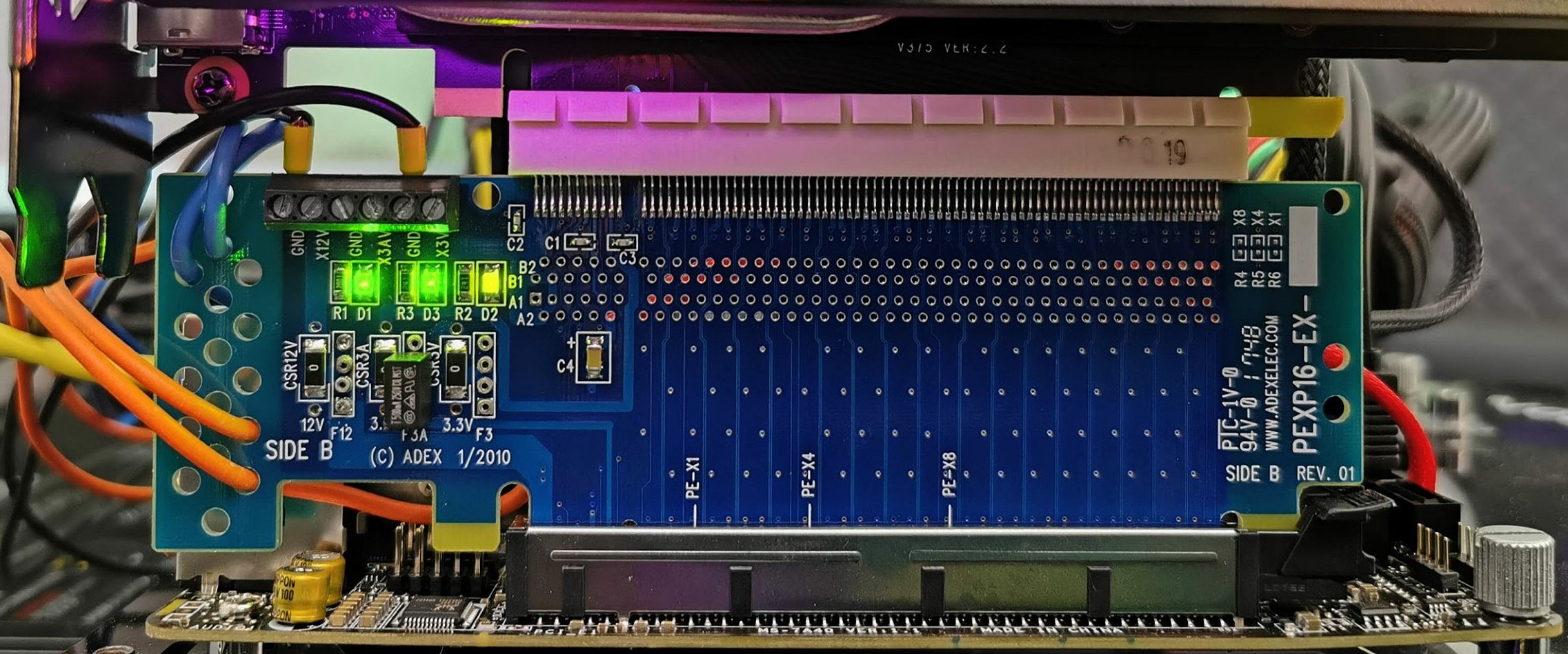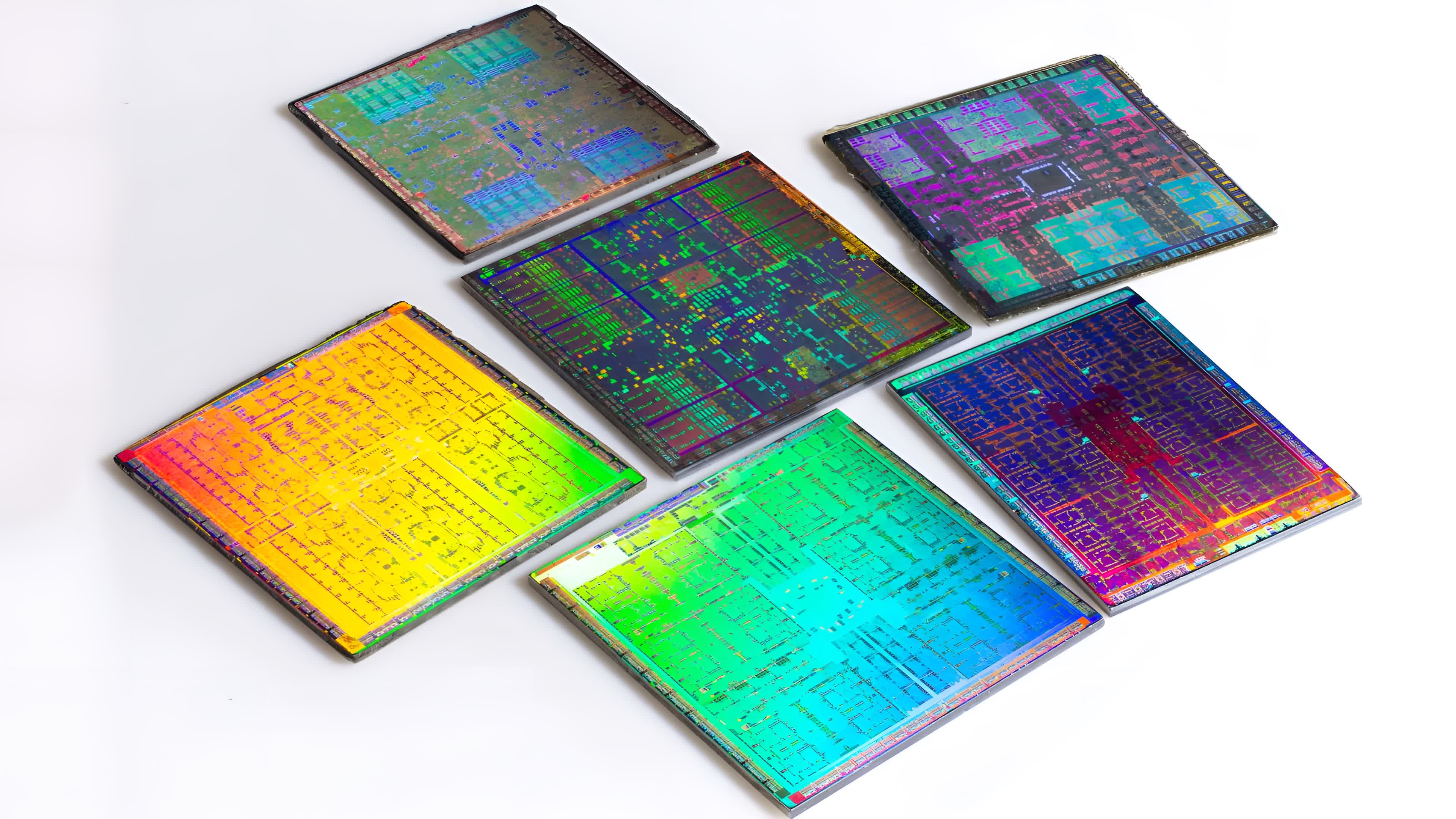I've been setting myself up for an upper end (for docked) of about an easy 896-1024 mhz if it's on N5/N4 with 128-bit LPDDR5 ram. (how did I get those exact numbers? It's 768*7/6 and 768*8/6, paired with 6 times the SMs, it's 7x and 8x raw grunt)
Why am I settling around there?
Convert to tflops, we get 2.752-3.145 tflops.
128-bit LPDDR5 ram means a bandwidth of 102.4 GB/s.
Max theoretical bandwidth/tflops (when CPU is using 0, which is unrealistic but hey, it's an upper bound) is 37.2 GB/s/tflop for the 896 mhz scenario, 32.55 GB/s/tflop for the 1024 mhz scenario.
If the CPU were to use up to something like... I dunno, 20 GB/s*, leaving 82.4 GB/s for the GPU? Then for the 896 mhz scenario, it's 29.94 GB/s/tflop, while for 1024 mhz, it's 26.2 GB/s/tflop.
Looking at how Nvidia balanced the desktop RTX 30 series...
The 3050's at 28.19 GB/s/tflop (base) and 24.62 GB/s/tflop (boost clock).
3060's at 38.04 GB/s/tflop (base) and 28.26 GB/s/tflop (boost)
3060 TI's at 32.66 GB/s/tflop (base) and 27.66 GB/s/tflop (boost)
3070's at 25.36 GB/s/tflop (base) and 22.05 GB/s/tflop (boost)
3070 TI's at 31.31 GB/s/tflop (base) and 28.02 GB/s/tflop (boost)
3080 (original 10 GB) is at 30.32 GB/s/tflop (base) and 25.53 GB/s/tflop (boost)
3080 (12 GB) is at 40.39 GB/s/tflop (base) and 29.76 GB/s/tflop (boost)
3080 TI's at 32.62 GB/s/tflop (base) and 26.74 GB/s/tflop (boost)
3090's at 31.96 GB/s/tflop (base) and 26.31 GB/s/tflop (boost)
3090 TI's at 30.04 GB/s/tflop (base) and 25.2 GB/s/tflop (boost)
And landing in a range of high 20's to ~30 GB/s/tflop kind of worked out.
*how did I pull that number out of nowhere? Yea, it's kind of arbitrary. So one night I randomly stumbled across
this page. I figured, ok, an 8700k @3.7 ghz maxed out at close to 40 GB/s. That's 6c/12 Skylake. An octa-core A78C setup with clock of mid to high 1 ghz probably shouldn't hit even reach half that in the most RAM intensive scenario (that's still realistic, as opposed to deliberately hammering RAM). Thus, an allocation of 20 GB/s for CPU.





